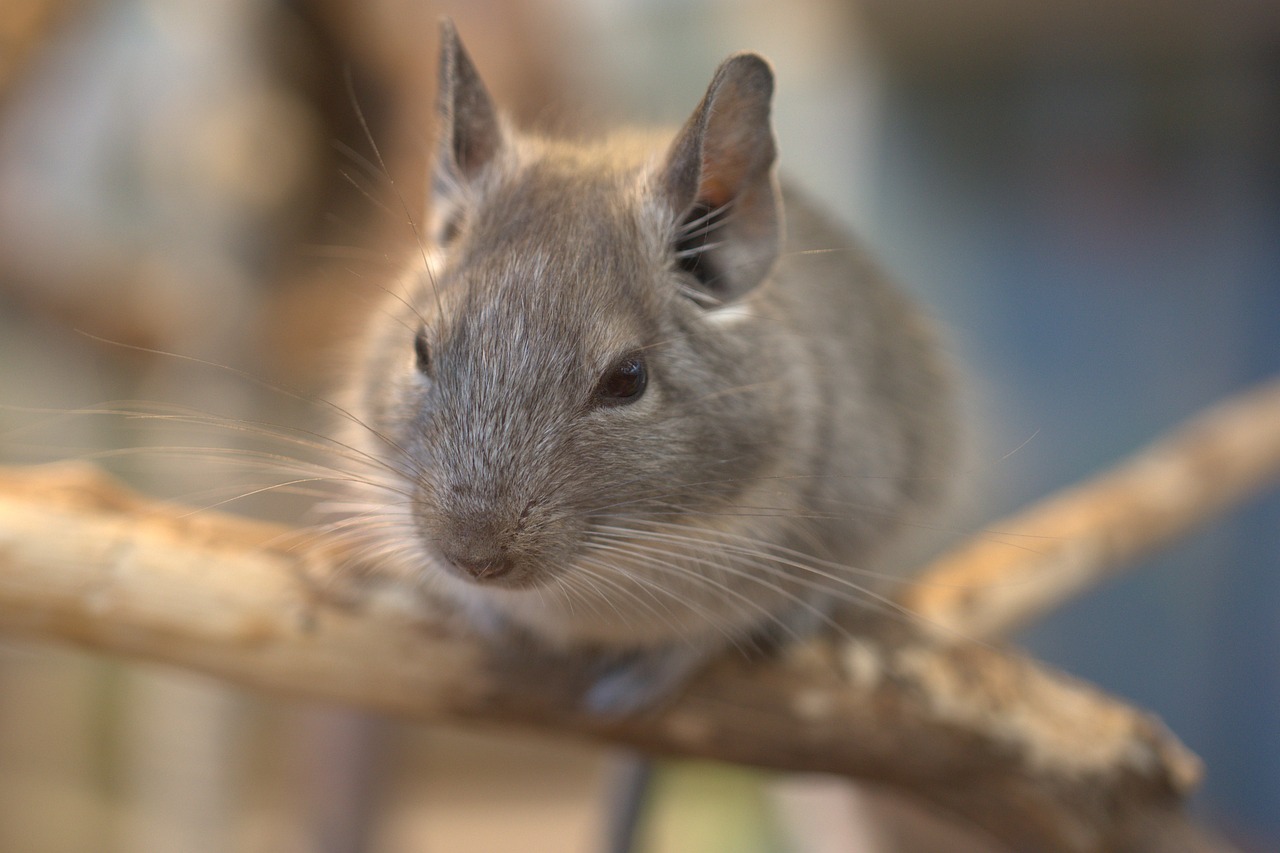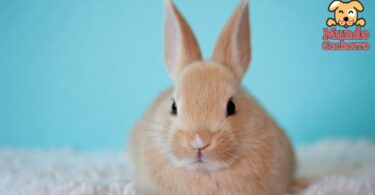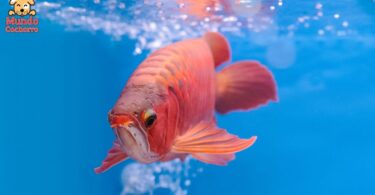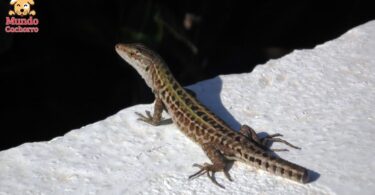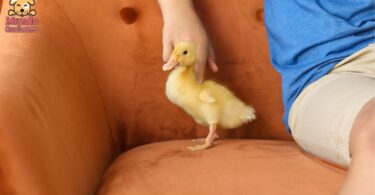The chinchilla is a rodent that can easily adapt to domestic life. It has a low level of care and a life expectancy of more than ten years, making it a very popular animal to keep as a pet. Let’s see what it takes to have a happy and fulfilling life in a home.
Chinchilla care
The first thing to consider in the care of the chinchilla is its habitat. Ideally, their cage should be large, so that they can move, run and play inside it. In addition, the cage should be equipped with some accessories such as an exercise wheel, a small house of sufficient size where it can shelter and some other toys to keep it entertained. It should also have a bed of straw or hay for it to rest on. Ideally, it should have several levels, ramps and shelves for him to climb on.
It is also important to know that chinchillas tend to be very sociable and friendly, so it is worthwhile for them to spend most of their time where there are people. For example, in the living room. The cage should not receive direct sunlight and should not be in a drafty place.
Although chinchillas do not require complex care, their caretakers must be willing to provide them with the care they need. They are not recommended for people who spend a lot of time away from home, since they need interaction with people. If you decide to have more than one, they can be housed in same-sex or opposite-sex pairs, and a trio of chinchillas will also live well together. They should not be placed with other animals and should not be housed near rabbits.
Handling and feeding
Chinchillas have a delicate skeleton, so you should not pick it up by the tail or limbs. You should not hold them too tightly either. The best way to lift this little animal is to wrap it in a towel and hold it gently with one hand around the butt and tail and the other hand around the chest. If the chinchilla becomes frightened or if you pick it up too hard it may shed patches of its fur.
These animals are herbivores, so they must have a continuous and unlimited supply of quality hay. You can also give them boxes made of edible material, which they will be constantly gnawing on to wear down their teeth. In fact, their teeth grow continuously, so they must wear them down. There are also special wooden blocks on the market that can be worn without injury.
Apart from hay, you can supply a daily scoop of chinchilla pellets in a bowl. They will most likely accept fresh vegetables, which you will be able to give them every day. Of course, water must always be present, in a bowl or in a bottle.
Occasionally you can give him some treats such as vegetables low in calcium. For example, carrots, peppers and green leafy vegetables. Once a week you can give him some fruit such as apples.
Image courtesy of https://pixabay.com, all rights reserved.


